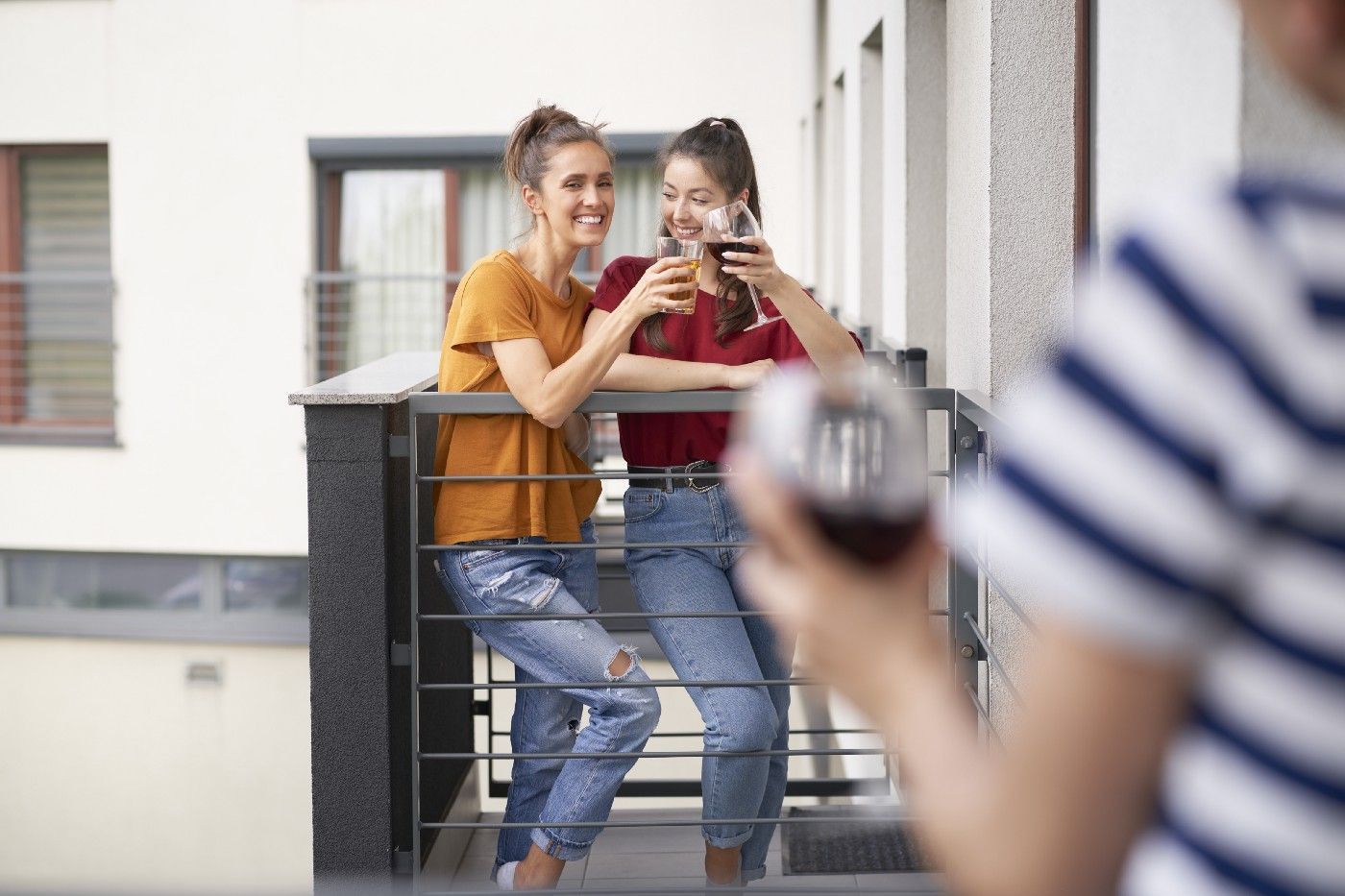What Does it Look Like to be Friendly in 2020?
I have found myself asking this question a number of times over the last 6 months. Both of our primary means of communication, words and actions, have been stymied in a number of ways.

What does it look like to be friendly right now? I have found myself asking this question a number of times over the last 6 months. Both of our primary means of communication, words and actions, have been stymied in a number of ways.
Social distancing has done away with high-fives and hugs even among those in our families, let alone friends or acquaintances. Additionally, even our feeble attempts with words are often met with derision in a world that seems to be divided on every possible issue. The result? A landscape akin to a middle school dance where the participants shuffle around awkwardly unable to communicate lest they embarrass themselves — or in our case get shouted down or outright cancelled.
Something’s missing though. The awkward bunch is only half of the crowd and that’s where the ‘awkward dance’ illustration breaks down. The other half of the crowd is a rowdy bunch that stands 10 feet apart from one another simultaneously yelling about whatever happens to be their soapbox that day. I suppose the full picture here would be a middle school dance taking place in the middle of a calcio storicho match (look it up. You won’t be disappointed).
Of course I’m largely referring to the ‘dance’ taking place on social media these days, and though I’m a huge proponent of the ‘social media is not real life’ position, even I have to acknowledge that for many there is hardly a distinction between the two. As such, I think that any profitable observations must take that into account and move forward from there.
I’ll now return to my original question. What does it look like to be friendly when you’re stuck in such a tumultuous environment? The truth is, I don’t know, but two guiding principles have continued to surface in my thinking on it.
One thing we must consider is empathy. Admittedly, I’m quite bad at this. I’m a recovering stoic with a checkered history full of too many “just suck it ups” and “it’s not that big of a deals.” But I’m growing. There are two large catalysts for this. The first is that I love people. I’m terrible in social settings with too many people, and at parties you‘ll almost always find me on a porch outside either alone or with one or two people. Usually it’s a mixture of my social anxieties in gatherings and the fact that I’ve come to realize that it’s in the small, personal settings that real work can be done. Now more than ever I have no idea what to expect when I engage with someone. What I do know is that I need to make a real attempt to listen. Genuine.Active.Listening. People are genuinely afraid, angry, even sad regarding the current state of affairs in our world. Without empathy you will hamstring yourself every single time you try to talk to someone.
The second catalyst, and guiding principle, has to do with examples. One of the greatest teachers of all time once said that the greatest commandment is “You shall love the Lord your God with all your heart and with all your soul and with all your mind. This is the great and first commandment. And a second is like it: You shall love your neighbor as yourself”(Matthew 22:36–39 ESV). It could be that the better question is: “what does it look like to be neighborly during these times?” I will not pretend to have the market cornered on neighborly-ness; however, I can point you to where I go when I ask myself this new question.
One day a lawyer asked Jesus, “who is my neighbor?”(Luke 10:29 ESV) and the teacher responded by telling the famous story of ‘The Good Samaritan.’ The main thrust of the story is that a man, presumably an Israelite, is confronted on the road, beaten, and left for dead. He’s then passed by both a priest and a Levite—which is doubly offensive because they are both kinsmen and members of the Jewish religious system. Eventually, a Samaritan man passes by on the road and takes pity on the man. He binds his wounds, carries him to shelter, and foots the bill for his full recovery. The scandal here is, of course, the fact that a Samaritan is the last person anyone during that time would have expected to stop and help a wounded Israelite. I believe that my mind continues to go back to this story because it serves as a reminder that compassion is not confined to the borders of your own tribe — political, theological, or otherwise.
This isn’t a Bible class so I’ll stop there, but I’ll simply point out that being neighborly requires compassion and doesn’t always look the way we think it will. Navigating ‘the dance’ this year requires a keen eye for other people’s genuine fears, the time to talk vs. the time to listen, and the time for gentle love vs. tough love. I’m more and more convinced that being a good neighbor to those around me in 2020 is a multitude of things. Some days it’s calmly listening to someone who’s afraid, others it’s simply wearing a mask.
